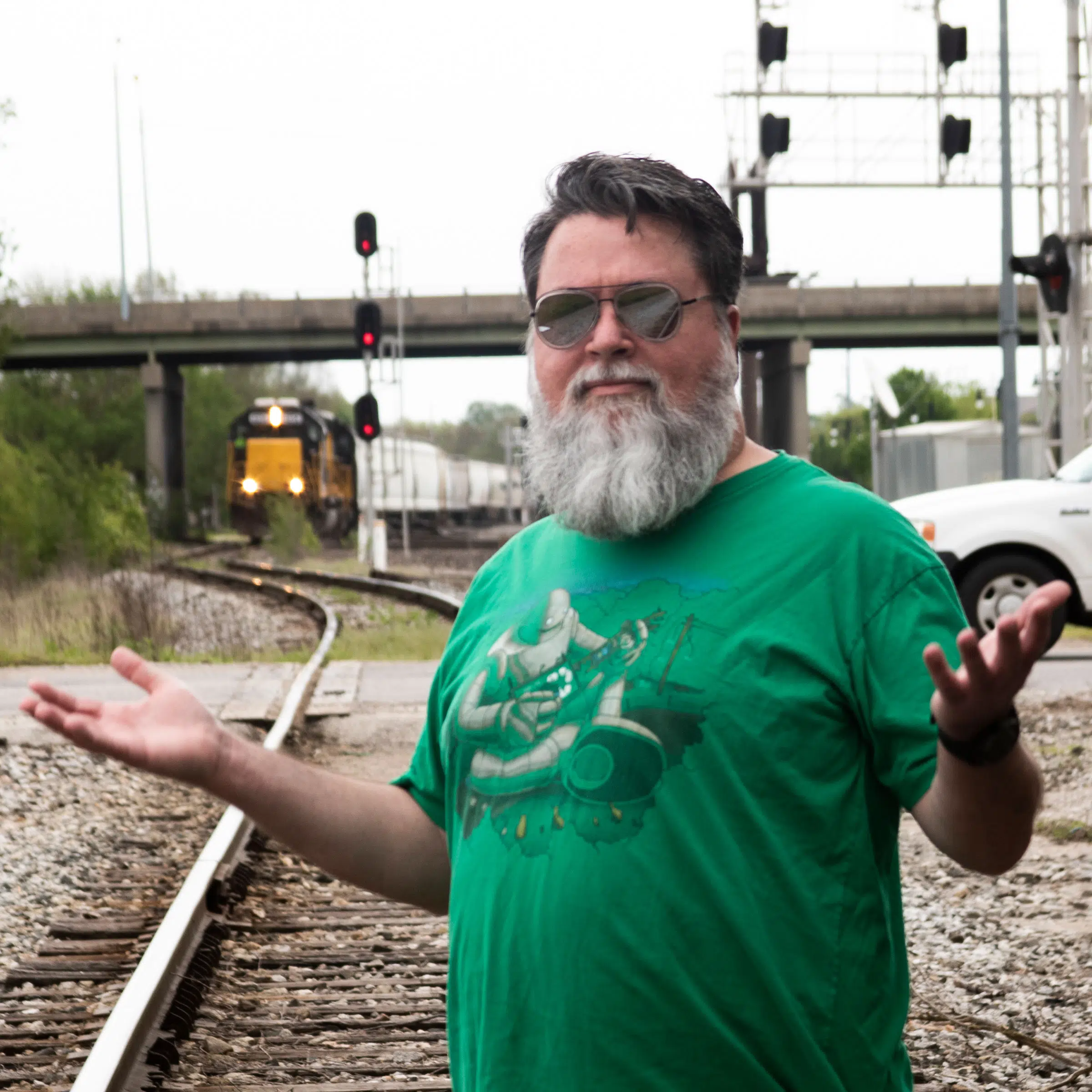By Maria Tsvetkova, Karen Freifeld and David Shepardson
NEW YORK (Reuters) – The investigation into why a Mexican Navy training ship struck the Brooklyn Bridge on Saturday, shearing the top of its masts, will look into a possible engine failure and the role of a tug boat that assisted it in backing out of its pier, officials said on Monday.
The ship’s engine was the key focus for the National Transportation Safety Board, said Brian Young, who is leading the agency’s investigation.
“We will look at the status of the engine, we will look for any failures, we will look for engine inspections and we’ll talk to the crew on what may have possibly happened with the engine,” Young said at a preliminary NTSB briefing. He said investigators would also look for any electronic control data.
The accident occurred when the majestic white training vessel Cuauhtémoc was departing from lower Manhattan’s Pier 17 on the East River shortly after sunset on Saturday.
The ship’s planned route was southward, away from the Brooklyn Bridge and toward New York Harbor and her next destination in Iceland.
As it backed out of the pier, the ship was accompanied by a tug boat operated by McAllister Towing. As it cleared the dock, the ship pivoted but continued to move swiftly in reverse in the direction of the bridge.
Minutes later, its three 147-foot (44.8-meter) masts hit the underside of the iconic 142-year-old bridge, causing them to partially collapse.
The strike knocked dozens of white-uniformed naval cadets off the ship’s crossbeams, where they were standing ceremoniously for her exit from the harbor. They could be seen dangling from their harnesses high above the ship’s deck.
Two people aboard the ship – a cadet and a sailor – were killed, and around 20 were injured, two of them critically.
Salvatore R. Mercogliano, a maritime historian at Campbell University, said it appeared that an engine malfunction caused the accident.
“Without the engine failure, the ship would have maybe drifted into the bridge, but it wouldn’t have hit it at speed,” Mercogliano said. “The engine failure drove the ship into the bridge. And it’s not exactly clear what role the tug could have done to prevent that from happening.”
Videos posted online showed the tug first pushing the bow of the ship, then separating from it as the vessel moved closer to the bridge. It then appeared to rush toward the stern as if it intended to stop the ship from striking the bridge.
After the masts collapsed, the ship kept sailing under the bridge until it was stopped at an embankment on the Brooklyn side of the river, videos showed.
NTSB board member Michael Graham said the board had not yet conducted any interviews and intended to talk with the tug boat pilot, harbor pilot, ship captain and other crew members.
“We will be looking into three main areas… the crew and the operation of the crew, the vessel and the condition of the vessel, and finally, the environment, and that includes the weather, the wind, the current, the tide and the operating environment,” Graham said.
Investigators are asking the public for additional video of the incident and have yet to determine if the Mexican naval vessel had a data recorder.
(Reporting by Karen Freifeld and Maria Tsvetkova in New York and David Shepardson in Washington; Editing by Frank McGurty and Bill Berkrot)





Comments